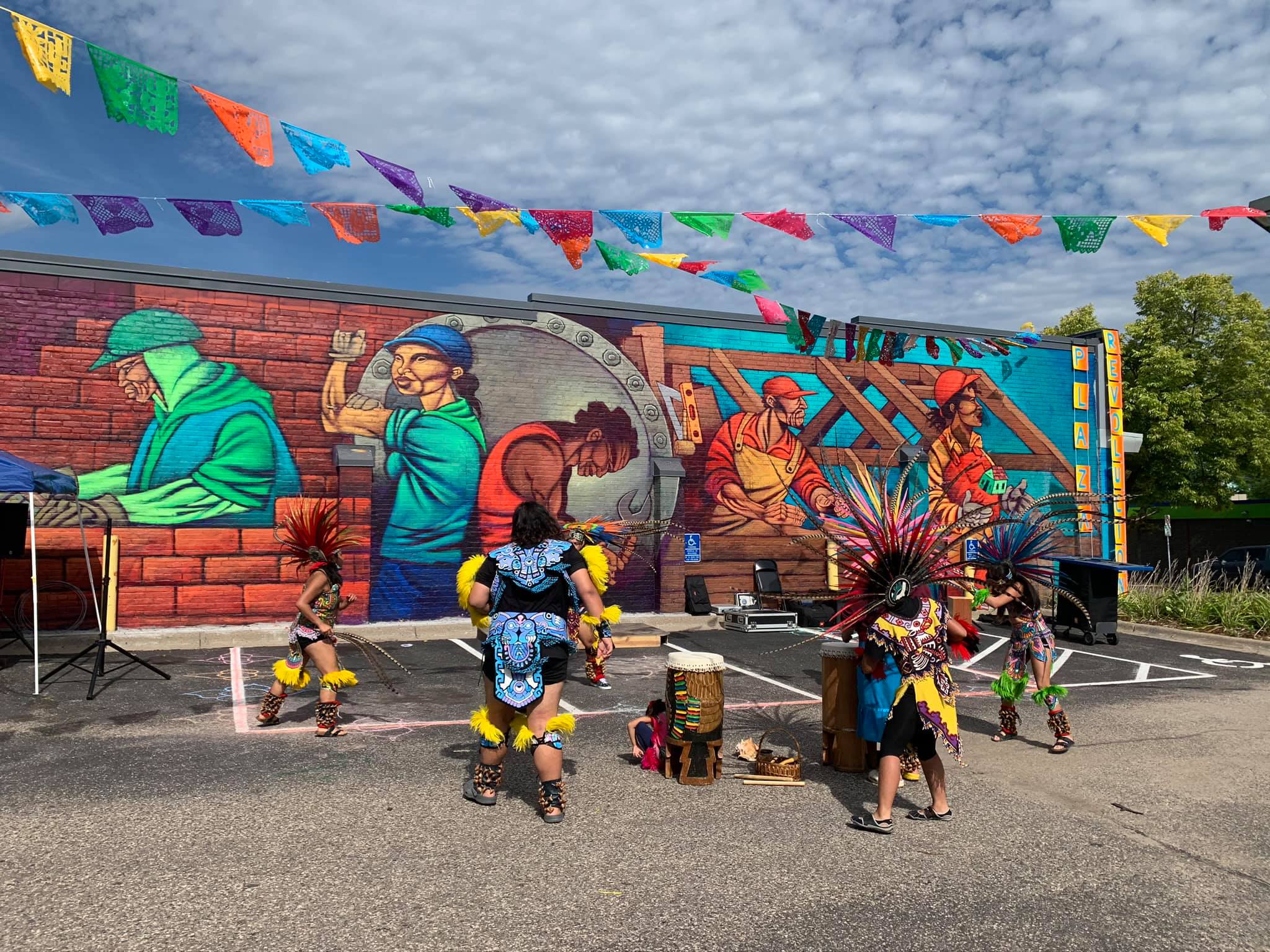Since opening their doors in 2017, Indigenous Roots Cultural Arts Center has been a focal part for community building and artist incubation on the eastside of St. Paul, Minnesota. Its founders, Mary Anne Ligeralde and Sergio Nochtzin Quiroz, started the center in hopes of developing their own programming with their dance and drum community circle. But they quickly found themselves sharing and making space for others.

Following the Beat
The pair trace their interests in cultural arts work to their upbringing in St. Paul where they met in junior high. “I’ve been dancing since I was 15 years old. I started doing Michoacán Aztec dance in high school and from there is where the story of Indigenous Roots begins,” Quiroz said as he shared details of his time in the Latino Student Culture Club. Ligeralde joined the group to support her partner, and they have worked with each other since.
In 2006, Ligeralde and Quiroz formed their Michoacán Aztec dance group, Kalpulli Yaocenoxtli. Quiroz originally envisioned creating a space to share knowledge from Mesoamerican Indigenous cultures and his cultural roots that went beyond his work in dance. Now, the center is home to the dance group as well as different communities and cultures— meeting that initial vision at a larger scale.
“As we started putting the word out to friends and community, people started giving us feedback that other communities of color were in need of space,” he said. They also found themselves being asked to take part in community events and organize initiatives across the Twin Cities, and to participate in protests and demonstrations of solidarity as communities of color banded together.
“If somebody comes and says we need to go and petition for whatever, then we’re out there,” Quiroz said. They were called to join the protests that followed the police involved killings of Jamar Clark and Philando Castile and the rise of the Black Lives Matter movement in Twin Cities. Soon, they viewed their dance group and organization as one rooted in activism.
“What we started to see was that we were really connecting with other communities through justice work and activism by showing up by dancing, to show solidarity in a really visible way,” Ligeralde said.
SERGIO CENOCH QUIROZ, CO-FOUNDER, INDIGENOUS ROOTS CULTURAL ARTS CENTER“As we started putting the word out to friends and community, people started giving us feedback that other communities of color were in need of space.”

Solidarity at Its Heart
As they built a name through this work, Ligeralde and Quiroz were approached by Dayton’s Bluff Neighborhood Housing Services (based in St. Paul) to activate a space for an art crawl in 2016. They called on several of their peers to use the space and over one weekend hosted over 3,000 people.
Seeing the success of their activation, the owner of the property asked them to stay on.
The following year, the Dayton’s Bluff Community Council partnered with the duo to relocate to another building. They provided support on the lease and utilities as the pair was tasked with providing programming and remodeling the space.
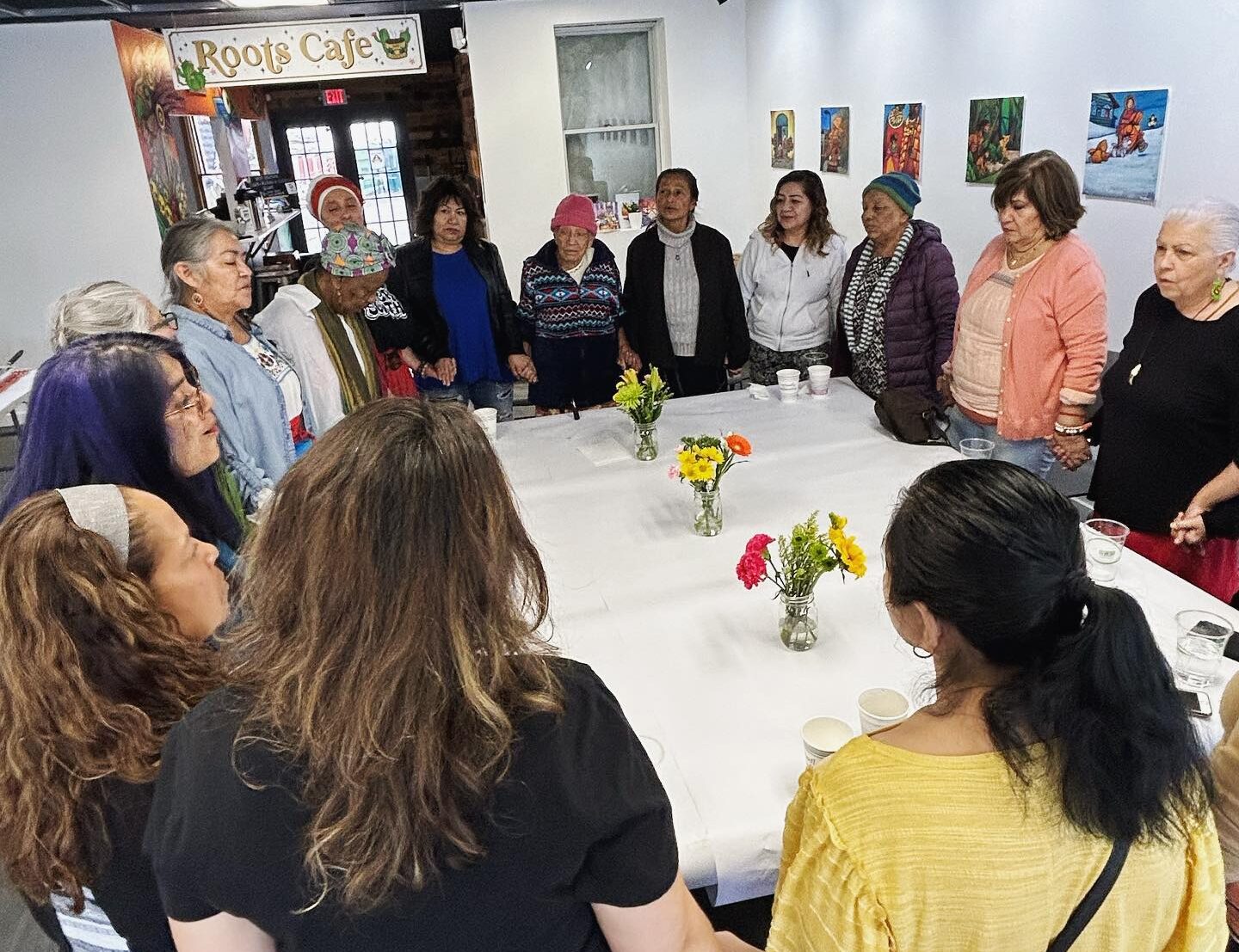
Indigenous Roots operated without support from foundations in its first three years. They relied on individual donors and the sweat equity of their partners who helped bring their center to life. The couple even decided to dip into their savings and eventually quit their full-time jobs as the programming at the center required more of their time.
Growing the Circle
In recent years they have been able to secure funding from several organizations including the McKnight Foundation, East Side Funders Group, and the Saint Paul & Minnesota Foundation.
With this support, they have been able to share the space with artists and cultural groups. Those utilizing the 10,000 square foot center enjoy 24/7 access to best accommodate their artistry and cultural traditions. They have also opened the space for overnight use as some Native and Indigenous members needed it for vigils to commemorate a loved one’s passing.
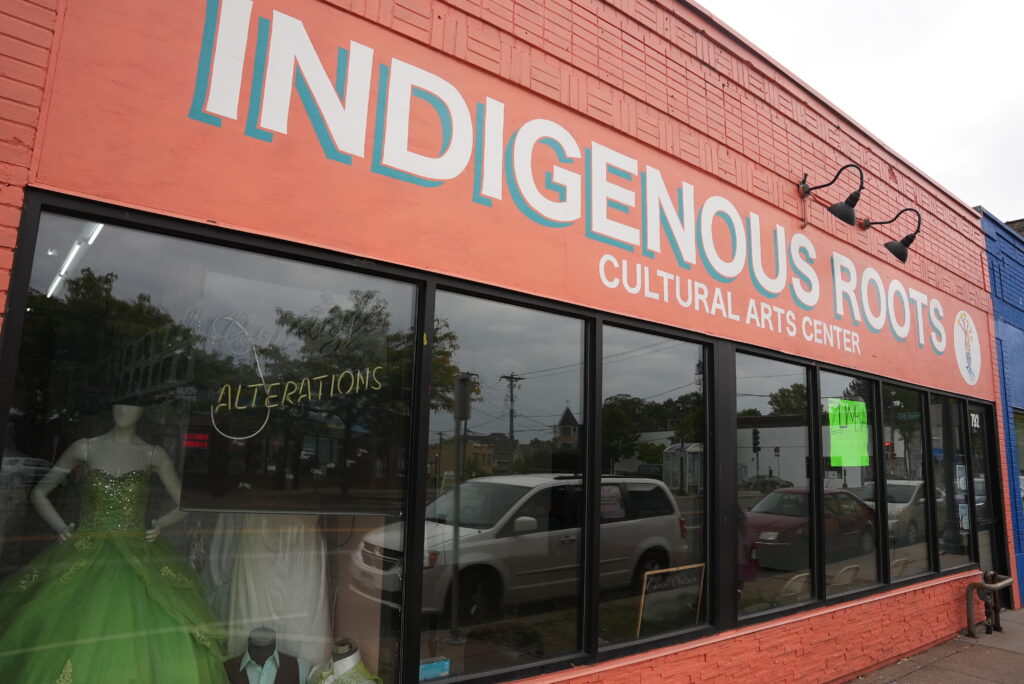

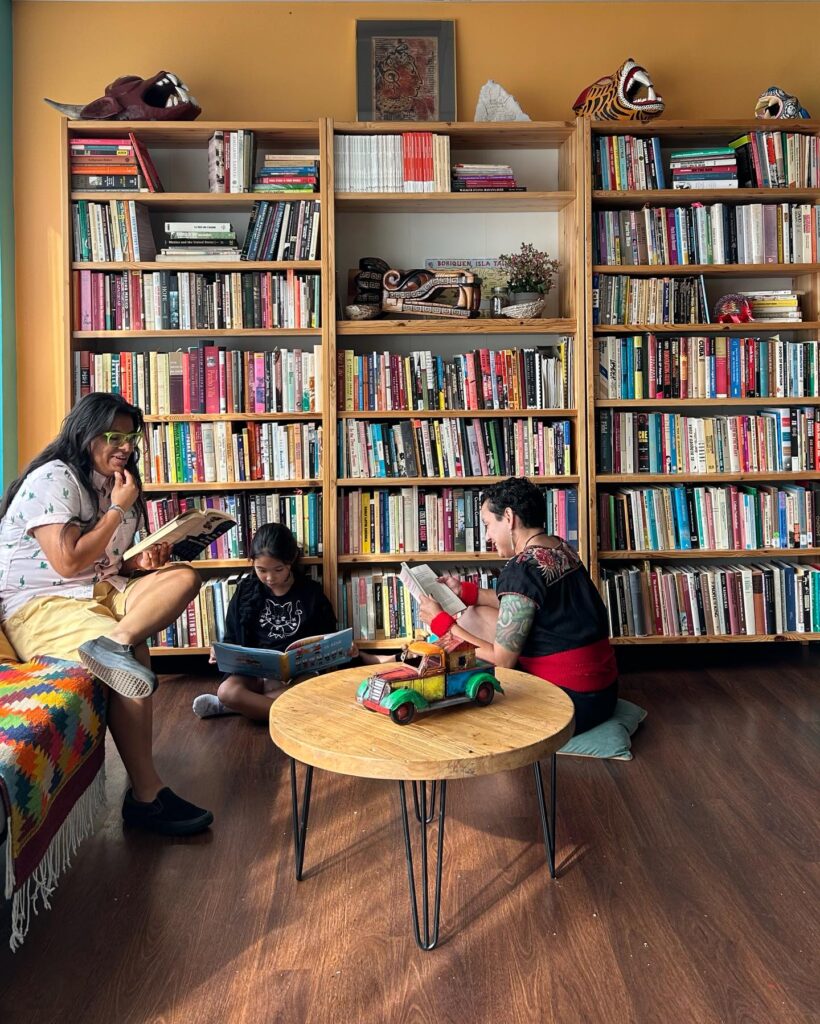

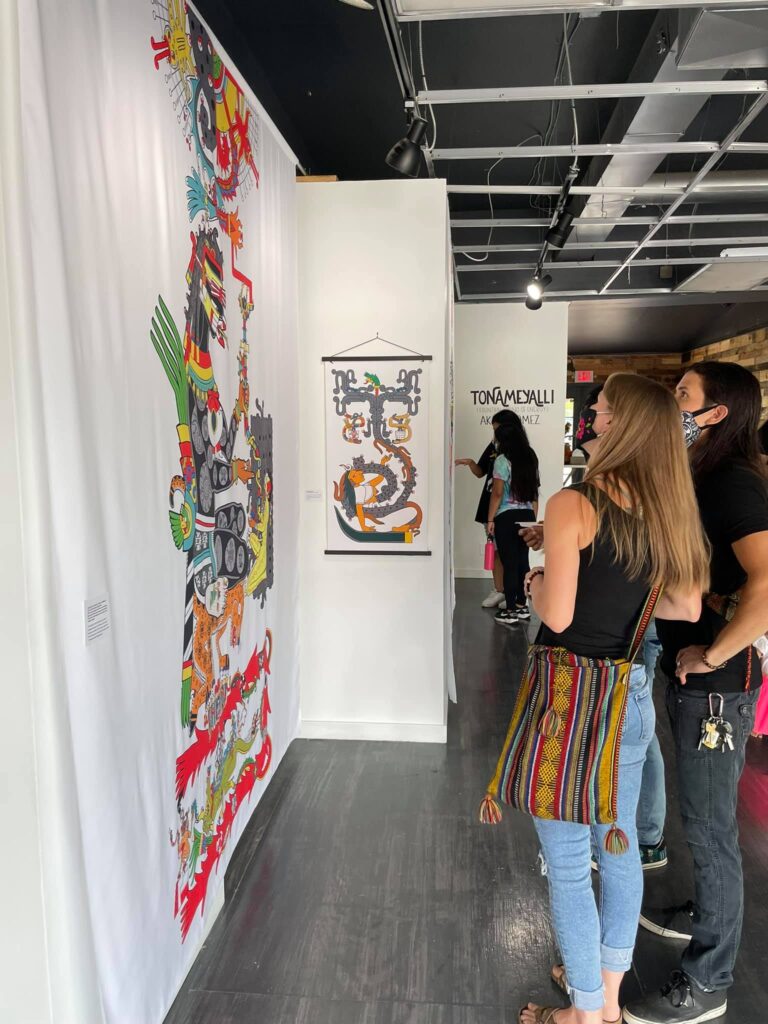
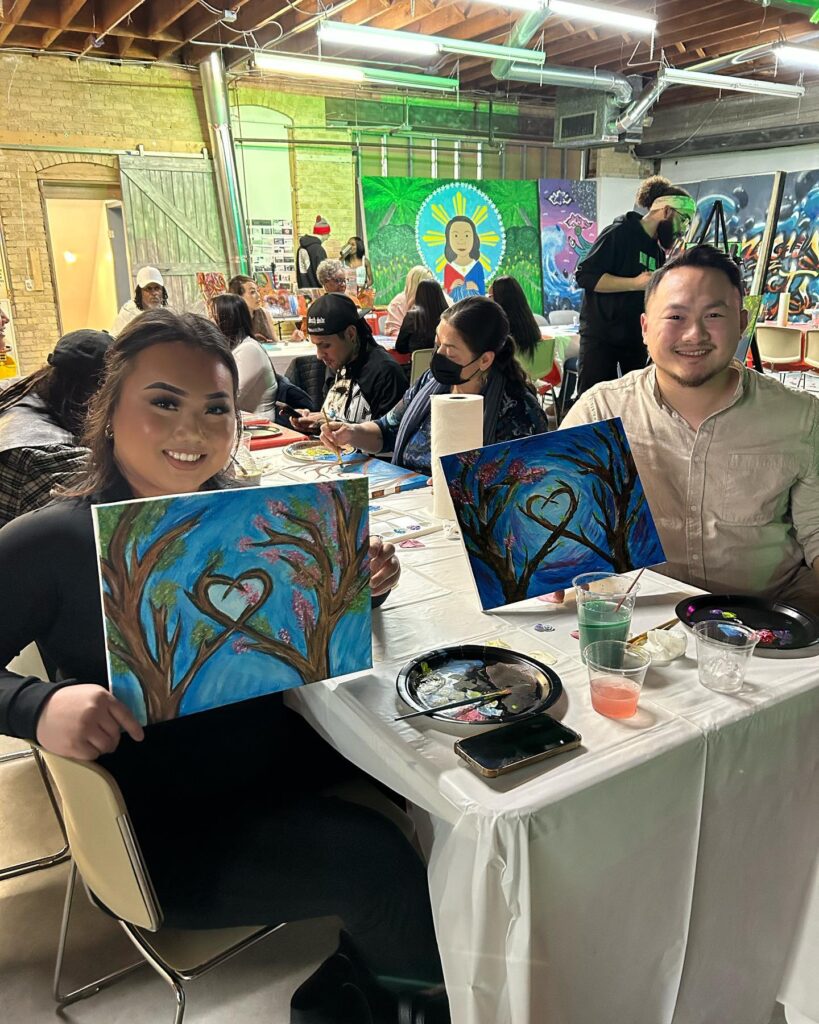
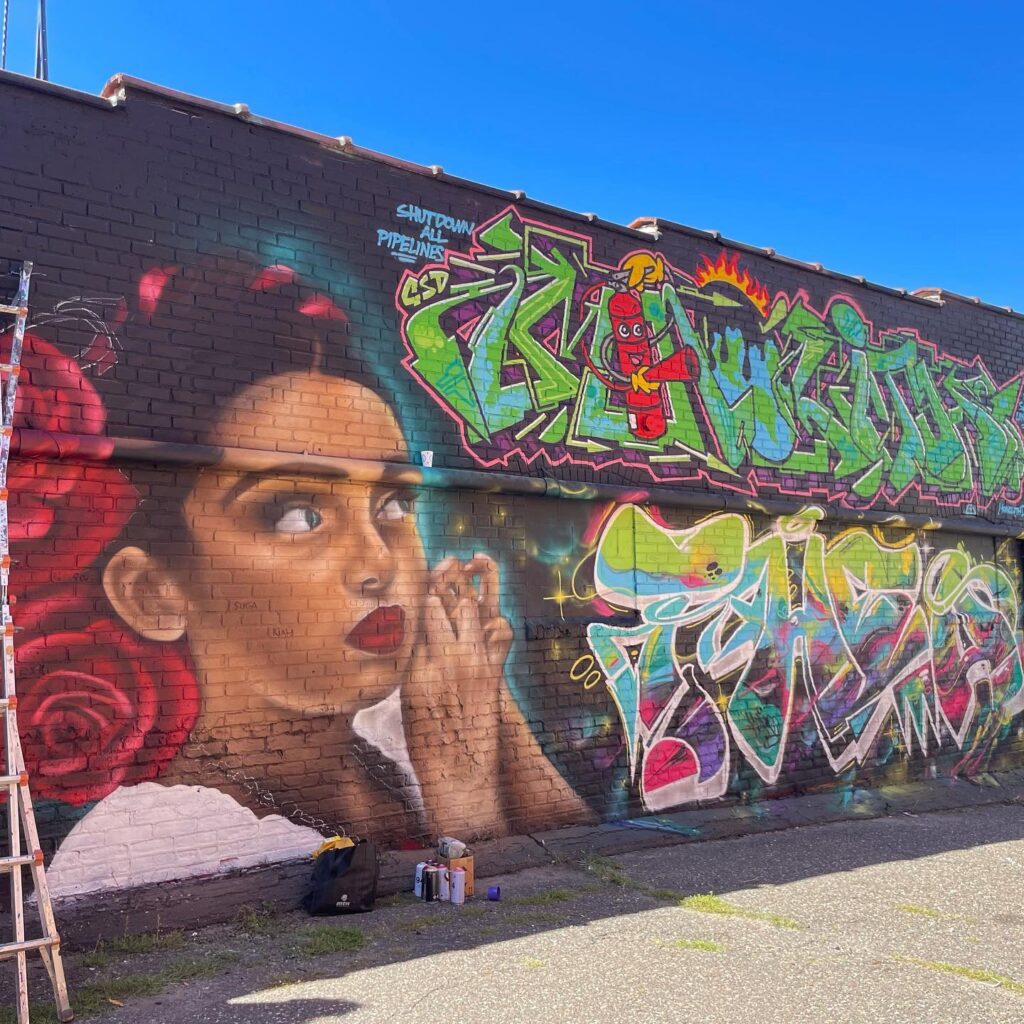
Lyton Guallpa, the director of Ecuadorian dance group Away Runakuna, has worked from the Indigenous Roots space for the last three years. He met Ligeralde while he was a student at Augsburg University six years ago, and the two shared opportunities where their two dance groups could attend events around the metro.
Through his partnership with Ligeralde and Quiroz, Guallpa was offered space at the center and was able to secure them as a fiscal sponsor through their non-profit status. Having the ability to apply for grants and secure funding for his dance group gave him the ability to keep it accessible and free for his participants.
“One of the big things that’s a barrier for many ethnic groups is the finances of participating. It’s not just in dance, it’s just any other type of extracurricular activity,” he said. Guallpa finds the center’s location convenient for his students and dancers, and the constant exposure to other cultures and communities in the space rewarding.

A Home for Artists
“She’s like the mom of the building,” said Jaali Griffin (Jigzart), a visual artist connected to Indigenous Roots. “You go there, she will make sure everything that you need, whether you’re hungry, you’re thirsty, [or] you need something to do for your business, Mary Anne has what you need.”
This focus on supporting artists continued to develop through the pandemic. When other organizations made the difficult decision of shuttering their locations, Indigenous Roots opened its doors to educators and artists to do their work in a safe environment. Through this challenging time, they made the decision to incubate businesses and artists who needed guidance on their journeys.
“We were able to not only provide space but provide resource and funding so that they can sustain themselves and then from there as summer approached, we started doing pop-up markets so that people who lost their jobs or had limited work hours could supplement their income by making things for themselves or their friends [which] turned into a creative economy,” Ligeralde said.
They have continued this work of artist incubation and raised it to another level, through their partnership with the McKnight Foundation, by developing the Culture Bearers Fellowship. This fellowship was announced at the end of 2021 and is aimed at supporting artists from many disciplines including dance, drumming, and mixed media. Its aim is to support the work of artists who focus on intergenerational learning and specifically resource those doing work in their cultural heritage and lineage.
The fellowship provides three culture bearers with a $25,000 unrestricted award and professional development support and access to Indigenous Roots facilities and resources. The next application round opens on November 6, 2023, and submissions are due by January 1, 2024.
